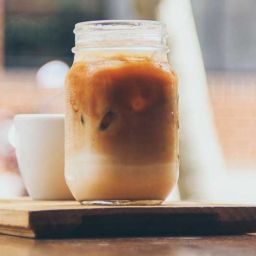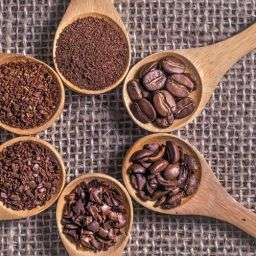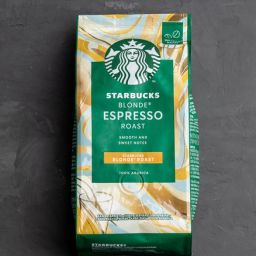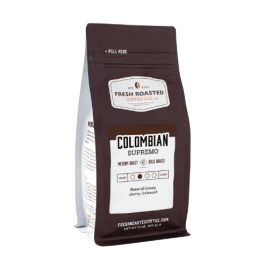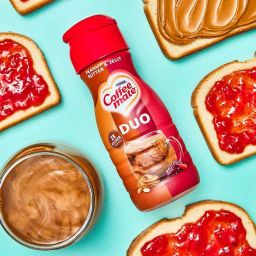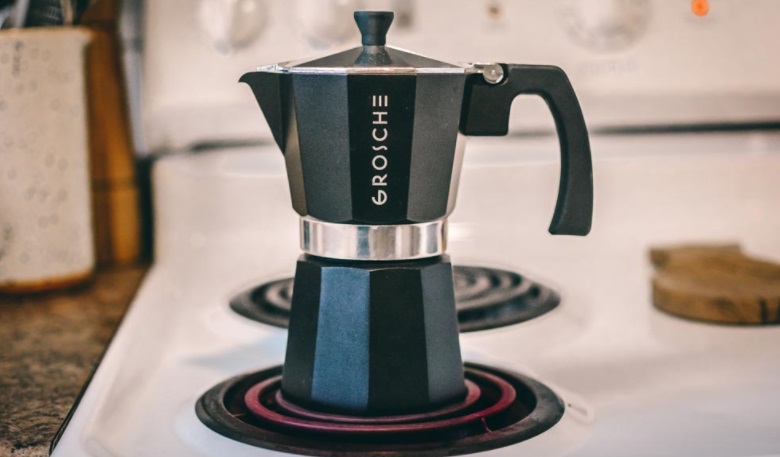
Espresso coffee percolators have a rich history, tracing back to when coffee lovers first sought a method to brew rich and bold coffee. Unlike drip machines, percolators work by cycling boiling water through coffee grounds repeatedly, intensifying the flavor and aroma. This process is particularly loved for its simplicity and the robust coffee it produces, making it a favorite among traditionalists and camping enthusiasts alike.
Key Takeaways
- Types of Percolators: Discover the differences between stovetop and electric percolators, including how they influence the brewing process and the flavor of your coffee.
- Choosing the Right Percolator: Learn what factors to consider when selecting a percolator, such as material, capacity, and specific features that can enhance your brewing experience.
- Top Percolator Picks: Get insights into the best espresso coffee percolators available, based on user reviews and expert recommendations.
- Brewing Guide: Master the art of brewing with a percolator with a step-by-step guide to making the perfect cup of coffee.
- Comparison with Other Methods: Understand how percolator brewing stands against other methods like drip coffee and Moka pots in terms of taste, convenience, and user control.
- Maintenance Tips: Find out how to properly clean and maintain your percolator to ensure it lasts and continues to make delicious coffee.
- Expert Answers: Have your burning questions answered in the FAQ section, providing clarity on common percolator queries.
Types of Espresso Coffee Percolators
When diving into the world of espresso coffee percolators, you’ll primarily encounter two types: stovetop and electric. Each has its unique charm and brewing method, affecting the coffee’s strength and flavor.
Stovetop Percolators
Stovetop percolators are all about tradition and control. You’ll use a heat source like a stove or campfire, allowing you to manage the brewing temperature closely. This control is crucial because the brewing speed and temperature can significantly influence your coffee’s strength and taste. The process requires your attention, as you’ll need to remove the percolator from the heat once your coffee reaches the desired strength to avoid over-extraction and bitterness.
Electric Percolators
Electric percolators, on the other hand, offer convenience and consistency. They heat up using electricity and often include features like automatic temperature control and a keep-warm function, ensuring your coffee doesn’t cool down too quickly or over-brew. While they don’t offer the same hands-on control as stovetop models, electric percolators are excellent for those who appreciate the simplicity of a machine that takes care of the brewing process.
In essence, choosing between stovetop and electric depends on your preference for control over the brewing process versus convenience and consistency.
Choosing the Right Espresso Coffee Percolator
Selecting the perfect espresso coffee percolator isn’t just about deciding between electric and stovetop; several other factors play a crucial role in your decision.
Material: The material of your percolator affects durability and taste. Stainless steel is popular for its robustness and ability to maintain the coffee’s pure flavor. Glass percolators let you watch the brewing process, although they might not retain heat as well.
Size: Consider how much coffee you typically brew. Percolators come in various sizes, catering to single servings or large gatherings. Ensure the size aligns with your usual coffee consumption.
Features: Look for features that suit your brewing style and preferences. Some percolators come with a keep-warm function, detachable cords, or clear knobs to monitor the brewing process. If you opt for an electric model, features like automatic shut-off can add an extra layer of convenience and safety.
Best Espresso Coffee Percolators on the Market
When searching for the best espresso coffee percolator, it’s vital to consider user feedback, expert reviews, and the product’s overall value. Here’s a rundown of some top-rated percolators, each with its unique advantages and limitations.
1. The Classic Enthusiast’s Choice
One standout percolator is revered for its classic design and durable stainless steel construction. Users love its straightforward operation and the rich, robust coffee it produces. However, some note that it requires a bit of a learning curve to perfect the brewing process and avoid a bitter taste.
Pros:
- Durable stainless steel design
- Consistently strong coffee
Cons:
- Requires precise brewing to avoid bitterness
2. The Modern Marvel
Another popular choice is a modern electric percolator that combines traditional brewing methods with contemporary conveniences. It features automatic temperature control and a keep-warm setting, ensuring your coffee is perfect every time. While praised for its convenience, some users miss the manual control over the brewing process.
Pros:
- Automatic features for ease of use
- Keep-warm function
Cons:
- Less manual control over brewing
3. The Outdoor Adventurer’s Pick
For those who love brewing their coffee outdoors, a specific model stands out for its portability and robust design. It’s perfect for camping, offering a sturdy build and the ability to brew over an open flame. Some outdoor enthusiasts find it a bit heavy for backpacking but perfect for car camping.
Pros:
- Ideal for outdoor use
- Durable and portable
Cons:
- Slightly heavy for backpacking
4. The Compact Competitor
A smaller percolator captures the attention of those with limited space. Its compact size is perfect for small kitchens or solo coffee drinkers. While it brews excellent coffee, the small capacity may not suit those looking to serve multiple people.
Pros:
- Space-saving design
- Great for single servings
Cons:
- Limited brewing capacity
Brewing the Perfect Cup
Brewing coffee with an espresso coffee percolator can be an art form. Here’s a simplified step-by-step guide to help you brew the perfect cup:
- Water: Start by filling the percolator with water up to the indicated line for the number of cups you want to brew.
- Coffee Grounds: Add coarsely ground coffee to the basket. The general rule is about one tablespoon of coffee per cup of water, but adjust to your taste.
- Assemble: Assemble the percolator, ensuring the basket lid is in place to prevent grounds from getting into the brew.
- Heat: For stovetop models, place the percolator on a heat source and watch for the water to start percolating. Electric models will begin the process automatically.
- Brewing Time: The brewing time will vary, but generally, 7-10 minutes should suffice. Look for the color of the coffee through the glass knob; it should be a rich brown.
- End Process: Remove from heat or turn off the electric percolator once brewing is complete to avoid over-extraction.
- Serve: Let the coffee settle for a moment, then pour and enjoy.
Espresso Coffee Percolator vs. Other Brewing Methods
When comparing espresso coffee percolators to other brewing methods like drip coffee makers and Moka pots, several factors come into play:
Taste:
- Percolators brew a robust and full-bodied coffee, often stronger than drip coffee but not as concentrated as Moka pot coffee.
- Drip coffee is typically smoother and more consistent, while Moka pots produce a rich, espresso-like coffee.
Convenience:
- Electric percolators offer ease of use with automated features, while stovetop models require more attention.
- Drip coffee makers are generally the most hands-off, ideal for busy mornings.
- Moka pots require close monitoring and a specific grind size but are excellent for espresso lovers.
Ease of Use:
- Percolators need some practice to perfect the brewing time and avoid bitterness.
- Drip machines are user-friendly, often just requiring the push of a button.
- Moka pots, while straightforward, need a watchful eye to prevent over-extraction or burning.
Maintenance and Care
Keeping your espresso coffee percolator in top shape is key to enjoying great coffee every time. Here’s how to maintain and care for your percolator:
- After Each Use: Always clean your percolator after each use. Remove the grounds and wash the basket, stem, and pot with warm, soapy water.
- Deep Cleaning: Occasionally, it’s good to deep clean your percolator to remove any coffee residue or oil buildup. You can use a mixture of water and vinegar and brew it as you would coffee, then rinse thoroughly.
- Check Components: Regularly check the percolator’s parts, especially the filter and basket, for any wear and tear to avoid grounds in your coffee.
- Dry Thoroughly: After washing, ensure all parts are completely dry before reassembling to prevent any mold or mildew buildup.
FAQs
Can I use fine ground coffee in my percolator? It’s best to use coarsely ground coffee to prevent grounds from seeping through the filter and into your brew.
How long should I brew coffee in a percolator? Brewing time varies, but typically, 7-10 minutes should suffice for a robust flavor without bitterness.
Can I leave water in the percolator? It’s not recommended to leave water in the percolator as it could lead to mineral buildup and affect the taste of your coffee.
Final Thoughts
Espresso coffee percolators offer a unique brewing experience, producing robust and flavorful coffee. Whether you prefer a hands-on stovetop model or the convenience of an electric one, a percolator can be a great addition to your coffee-making arsenal. Remember to choose the right type, maintain it well, and brew with care to get the best out of your percolator.




